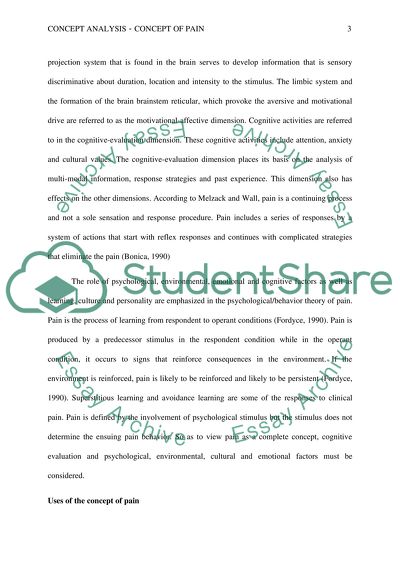Cite this document
(“Concept Analysis on Pain Research Paper Example | Topics and Well Written Essays - 1500 words”, n.d.)
Concept Analysis on Pain Research Paper Example | Topics and Well Written Essays - 1500 words. Retrieved from https://studentshare.org/nursing/1648569-concept-analysis-on-pain
Concept Analysis on Pain Research Paper Example | Topics and Well Written Essays - 1500 words. Retrieved from https://studentshare.org/nursing/1648569-concept-analysis-on-pain
(Concept Analysis on Pain Research Paper Example | Topics and Well Written Essays - 1500 Words)
Concept Analysis on Pain Research Paper Example | Topics and Well Written Essays - 1500 Words. https://studentshare.org/nursing/1648569-concept-analysis-on-pain.
Concept Analysis on Pain Research Paper Example | Topics and Well Written Essays - 1500 Words. https://studentshare.org/nursing/1648569-concept-analysis-on-pain.
“Concept Analysis on Pain Research Paper Example | Topics and Well Written Essays - 1500 Words”, n.d. https://studentshare.org/nursing/1648569-concept-analysis-on-pain.


